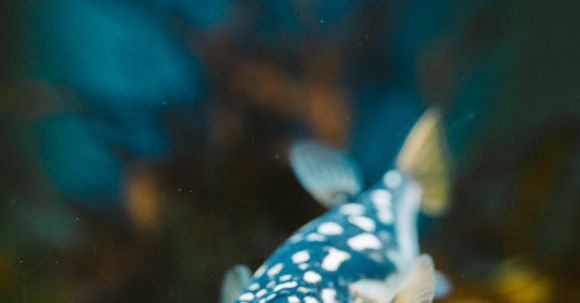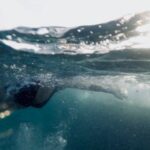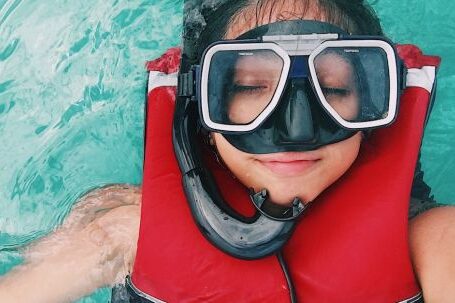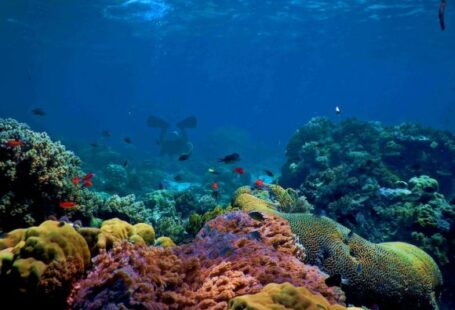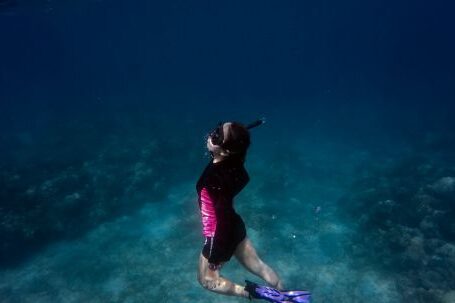Underwater photography is an exhilarating and challenging form of photography. When shooting in strong currents, it becomes even more demanding. However, with the right techniques and equipment, capturing stunning images in these conditions is possible. In this article, we will explore some useful tips and tricks for underwater photographers to master shooting in strong currents.
Understanding the Currents
Before diving into the techniques, it is essential to have a good understanding of the currents you will be shooting in. Research the location beforehand to gather information about the direction, speed, and strength of the currents. This knowledge will enable you to plan your photography appropriately and ensure your safety while shooting.
Streamlining Your Gear
When shooting in strong currents, having streamlined gear is crucial. Bulky equipment can make it difficult to maneuver underwater and may cause unnecessary drag. Opt for a compact camera system that is lightweight and easy to handle. Additionally, consider using a smaller dome port to reduce resistance and improve stability.
Mastering Buoyancy Control
Maintaining proper buoyancy control is essential for shooting in strong currents. Practice buoyancy control techniques before your dive to ensure you can stay steady while capturing images. Use your fins and body position to counteract the force of the current and maintain stability. This will help you maintain control of your camera and focus on composing your shots.
Utilizing Currents to Your Advantage
While strong currents can be challenging, they can also work to your advantage as an underwater photographer. Use the currents to your advantage by positioning yourself strategically. By aligning yourself against the current, you can minimize the amount of effort required to stay in place. This will allow you to focus on framing your shots and capturing the desired subjects.
Staying Close to the Bottom
When shooting in strong currents, staying close to the bottom can provide stability and reduce the impact of the current. By positioning yourself near the substrate, you can take advantage of the natural cover and use it to shield yourself from the full force of the current. This technique will help you maintain stability and increase the chances of capturing sharp and clear images.
Using a Strobe for Lighting
In strong currents, the available natural light may be limited. To ensure proper lighting for your shots, use an external strobe. A strobe will help you illuminate your subject and add depth to your images. Experiment with different angles and positions of the strobe to achieve the desired lighting effect. Remember to adjust the power and distance of the strobe to ensure balanced exposure.
Securing Yourself and Your Gear
When shooting in strong currents, it is essential to secure yourself and your gear. Attach your camera to a sturdy wrist or neck strap to prevent accidental loss. Additionally, consider using a clip or lanyard to secure any other equipment you may have, such as extra lenses or filters. Taking these precautions will give you peace of mind and allow you to focus on your photography.
Conclusion: Mastering Shooting in Strong Currents
Shooting in strong currents can be a challenging yet rewarding experience for underwater photographers. By understanding the currents, streamlining your gear, mastering buoyancy control, and utilizing the currents to your advantage, you can capture stunning images even in the most challenging conditions. Remember to stay close to the bottom, use a strobe for lighting, and secure yourself and your gear to ensure a successful and enjoyable underwater photography session. With practice and perseverance, you can master shooting in strong currents and create breathtaking underwater images.
